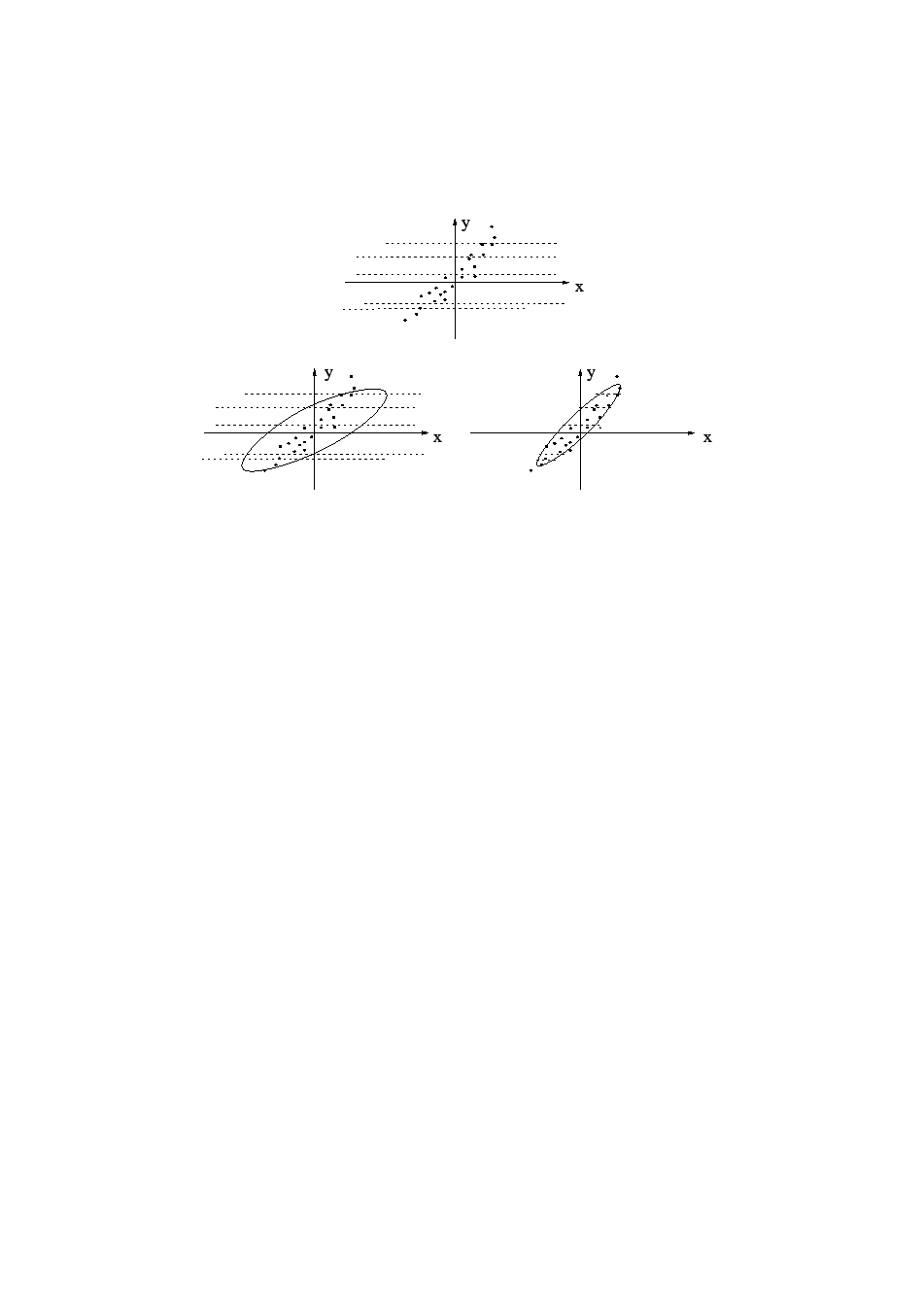 |
A single value in the data can be somewhere between being observed and missing. So-called coarse data means that we only know that a data point belongs to a certain subset of all possibilities. So-called soft or fuzzy data generalises this further by giving weights to the possibilities. Pearl (1988) handles the issue with so called virtual evidence. The partially observed node itself is set as missing, but a new node is added as a child for it. Observing the new node produces a wanted likelihood term for the partially observed node.
In Publication III, different ways of handling partially observed values are studied in context of variational Bayesian learning. A simple example comparing two different approaches is given in Figure 4.1. The virtual evidence approach is recommended based on both theory and experimentation in which independent factor analysis (see Section 3.1.4) was applied to real image data.
 |
Green et al. (2001) and Seltzer et al. (2004) study missing and unreliable values framework to improve speech recognition in noisy environment. The recognition accuracy is greatly improved in noisy environments by first identifying components in the spectrographic representation that are corrupt.